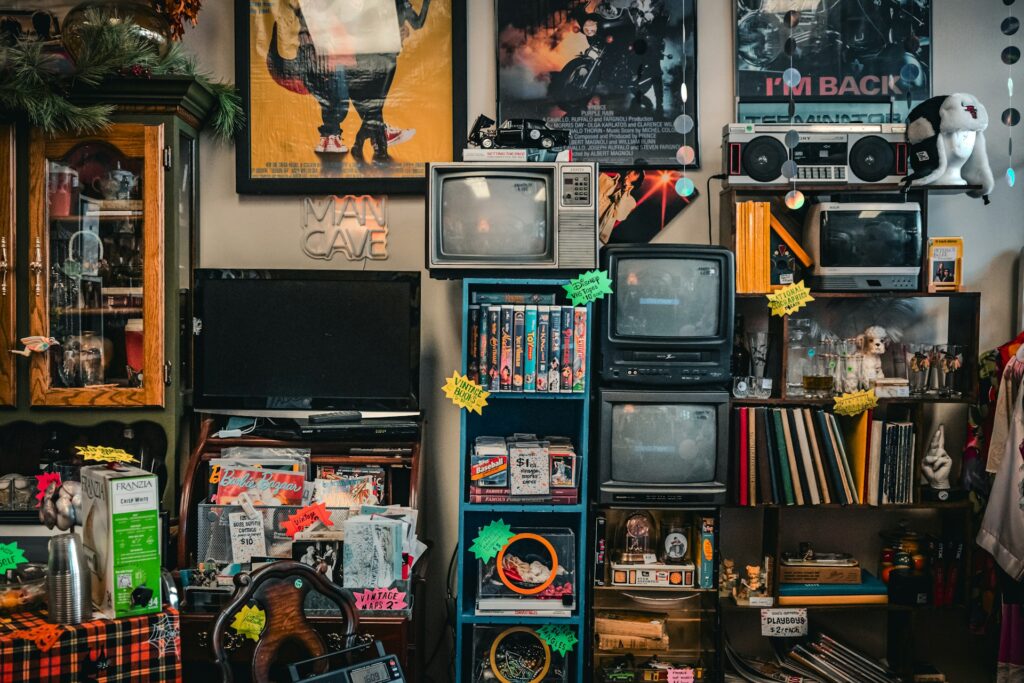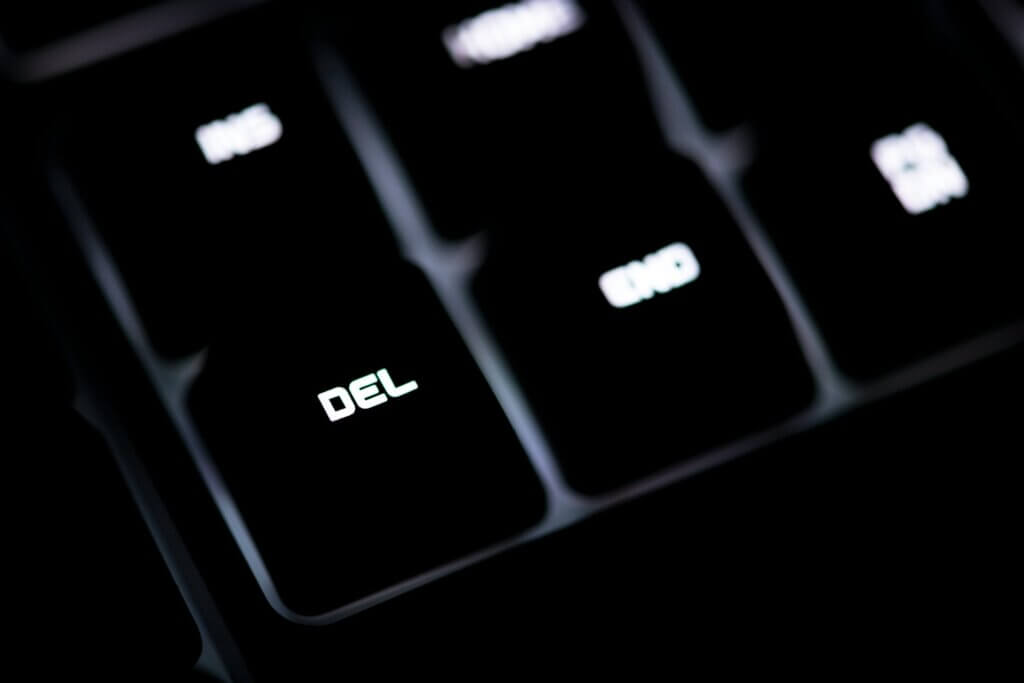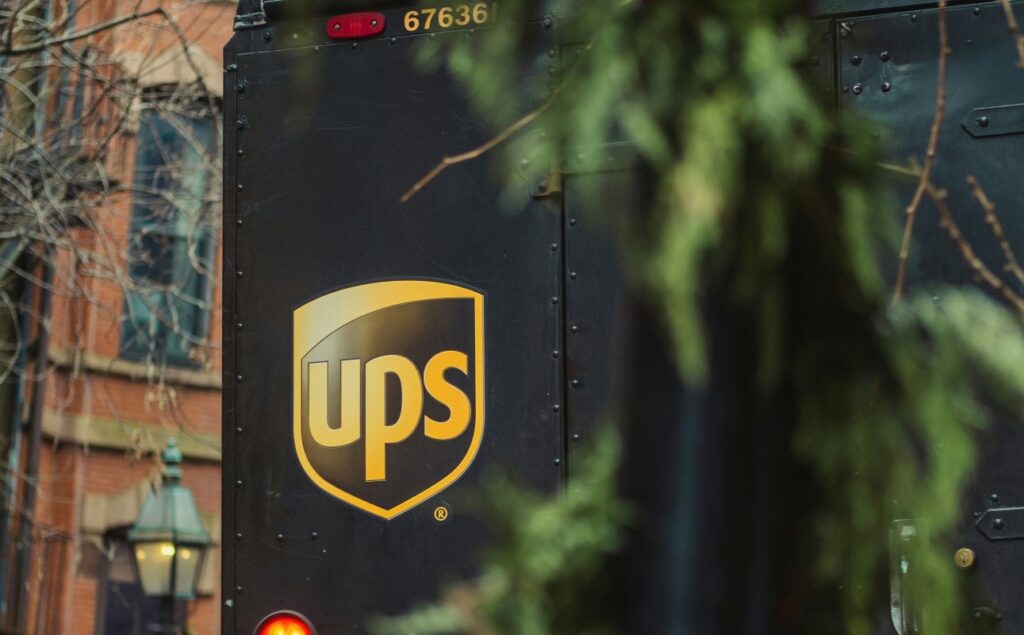- Blog
-
For Sellers
The complete guide to reselling from thrift stores in 2025
There are high-margin products hiding in thrift stores that most Amazon sellers overlook.

What’s the one place where you can find brand new items at 90% off retail, have zero competition from other sellers, and build a profitable Amazon business with almost no startup capital?
If you guessed thrift stores, you’re onto something big. While most new Amazon sellers focus on retail arbitrage at big box stores—fighting dozens of competitors for the same clearance items—thrift store flipping remains an untapped gold mine for those willing to dig a little deeper.
But not all thrift store arbitrage strategies are created equal. Let’s break down the proven dos and don’ts that separate profitable flippers from those who waste hours with nothing to show for it.
Don’t feel like reading? Listen to this article in our podcast, Commerce Decoded.
Books and media are the perfect entry point
Virtually every thrift store has sections dedicated to books, CDs/DVDs, and video games. And they often have consistent flat pricing (around $5.99 for hardcovers, $2.99 for paperbacks, etc.).
Aside from that, donated books and media items often remain pristine unlike clothing or electronics that require careful inspection. Sometimes, they’re even still sealed in their original packaging.
Plus, long were the days when you have to manually type each book title into Amazon’s search field. Instead, you can use a sourcing app like ScoutIQ. This way, you can instantly get complete sales data with a simple barcode scan. You’ll go from scanning 50 books per hour to over 200.
Set strict profit thresholds
Early-stage arbitrage sellers commonly make one critical mistake. Buying anything that shows a profit. Yes, that $10 book that nets you $2 might seem worthwhile. But you also have to consider:
- Another seller undercutting your price
- Capital tied up for months because your inventory is slow-moving
- Returns and condition disputes eating your margin
- Storage fees accumulate while your items sit unsold
That’s why our ironclad rule for thrift arbitrage is 100% ROI minimum. For every dollar spent, you need to make at least a dollar in profit after all fees and expenses. This creates a sufficient buffer against price fluctuations or unexpected fees.
Focus on new-in-package items
Most people think of thrift stores and think of used items. The reality? Thrift stores receive thousands of brand-new, unopened products every week. In fact, you can find:
- Factory-sealed board games and puzzles
- Kitchen appliances still in packaging
- Electronics with original packaging and documentation
These new-in-package items solve the biggest challenge with Amazon selling: condition disputes. When you’re selling something factory sealed, there’s no ambiguity about whether it’s “like new” or “very good.” It’s simply new.
The best part? You don’t need expertise in every product category. Tools like Scoutify instantly display profitability across all categories. This way, you can expand well beyond books into whatever profitable items you encounter.
Don’t overlook vintage electronics
Tech arbitrage doesn’t always mean flipping the latest gadgets. You never know if those “obsolete” electronics would be your highest-ROI flip yet, especially if there’s niche demand. Think:
- A PalmPilot organizer
- A Sony Walkman
- Vintage gaming consoles
These items exist in a sweet spot where they’re considered outdated junk by thrift store pricing staff but valuable collectibles or replacements by specific customer segments.
But remember: for vintage electronics, condition is extra important. Focus on items with minimal wear, original packaging, and working functionality. And when listing, be specific about the condition. Mention any accessories included or imperfections to avoid returns.
Know categories inside and out
While scan tools can help, knowing specific categories in and out increases your earning potential. The highest-earning thrift arbitrage sellers we know have mastered niches like:
- Designer clothing brands and identifying authenticity
- Collectible toys and action figures
- Vintage kitchen appliances
- Specialized tools and equipment
- Limited edition media and box sets
By mastering specific categories, you’ll spot valuable items others overlook. Doesn’t matter if they don’t scan well or lack barcodes entirely.
Be kind to store staff
Sometimes, all it takes to succeed is kindness. We guarantee you, employees at thrift stores notice regular shoppers. And how they were treated by them.
Respectful shoppers are often shown new arrivals before they hit the floor. Meanwhile, resellers who leave messes or behave rudely experience the opposite. They might even find themselves blocked from the best merchandise.
So, remember to be nice. Reshelve items neatly after scanning. Thank staff members by name. And never, ever argue about pricing or policies.
Might seem simple, but these tiny gestures can get you access to fresh donations. You can even get notified about upcoming sales or discounts on bulk purchases.
Take advantage of store sales and discount days
Despite their already low prices, thrift stores can still run promotions. Follow your local stores on social media, join their email lists, and simply ask staff about anything coming up. Planning your sourcing around these dates can double or even triple your usual ROI.
Don’t be afraid to go beyond thrift stores
Thrift store arbitrage provides excellent margins. However, scaling a full-time business requires expanding your sourcing strategy. The skills you develop in thrift arbitrage transfer perfectly to:
- Garage sales and estate sales
- Library book sales
- Discount closeout stores like Ross and Marshall’s
- Clearance sections at major retailers
- Online marketplace arbitrage
The pattern recognition, ROI calculation, and listing skills learned in thrift arbitrage form the foundation for larger-scale operations. Many full-time sellers start with thrift stores for high-margin inventory. Then, they gradually expand into retail and online arbitrage for higher volume.
Tools like Tactical Arbitrage can help you with online channels. It can help compare prices across 1,400+ websites so you can identify profitable flips without leaving home.
Ready to get started? Here’s your action plan:
- Get a scanning app. Sign up for ScoutIQ and/or Scoutify, which you can both get as part of Seller 365, which includes these and 8 other essential Amazon seller tools for just $69/month.
- Start with books and media. Begin in the media section where items are plentiful, consistently priced, and easy to evaluate.
- Set firm ROI criteria. Commit to a 100% ROI minimum to guarantee a profitable inventory mix from day one.
- Make a sourcing schedule. Visit thrift stores in your area on rotation. Keep track of days when fresh merchandise typically arrives.
- Study your results. Monitor which stores, categories, and days deliver your best finds.
The best part about thrift store arbitrage? You can start today with minimal risk. Even if you purchase a few duds while learning, the low buy-in cost makes mistakes affordable lessons rather than costly failures.
Your Amazon journey begins with a single scan. Grab your phone, download a scouting app, and discover why thousands of sellers quietly build profitable businesses one thrift store at a time.
Ready to take your Amazon business to the next level? Try Seller 365 free for up to 14 days and get the complete toolkit used by successful sellers worldwide.






















